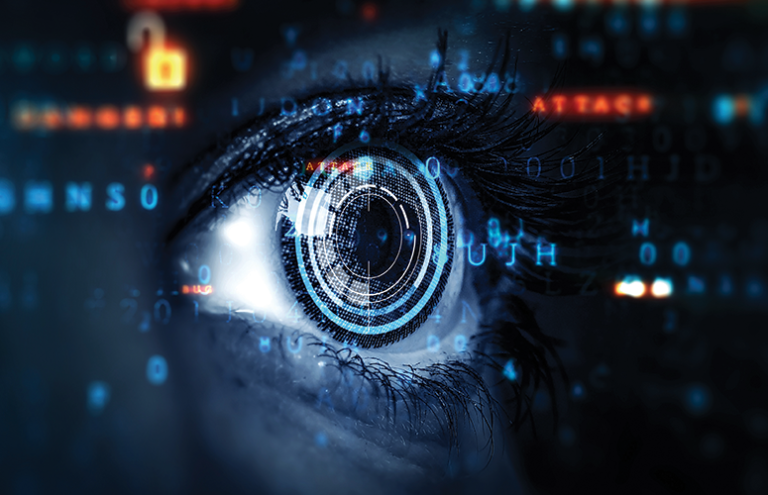The world’s digital space continues to expand by the second, every sector of the world economy today relies heavily on the internet, and this has also come with an increase in cyber threats. To safeguard computerised systems and data centres from cyber attacks, both individuals and organizations must adopt ethical practices when utilizing the internet, ensuring a secure online experience.
Here are four ways to minimise cyberattacks.
- Use Strong Passwords: To protect your online accounts and data from cyberattacks, a strong password should be used, one that is hard to guess or cracked by hackers or malicious software. A strong password should be at least 12 characters long, but 14 or more is better. The longer the password, the more combinations of characters it can have, and the more time and resources it would take for an attacker to break it. A strong password should use a mix of uppercase letters, lowercase letters, numbers, and special characters. This makes the password more complex and less predictable than a password that only uses one type of character. A strong password should not contain any personal or common information that can be easily guessed or found by an attacker. Last but not least, a strong password should be unique and different from your other passwords.
- Enable Multi-Factor Authentication (MFA): Another way to ensure safety with interconnected devices, is by turning on the Multi-Factor Authentication. MFA stands for multi-factor authentication, which means that you need to provide more than one piece of information to verify your identity when you sign in to an online service or device. For example, you may need to enter a password and a code that is sent to your phone or email or use a fingerprint or facial recognition scan. MFA can help prevent hackers from accessing your accounts even if they manage to steal or guess your password. It can also alert you if someone tries to sign in to your account without your permission.
- Recognize and Report Phishing: Phishing involves the use of fake emails, text messages, phone calls or social media messages to get personal or financial information. Hence, to avoid this, users of the Internet should avoid sharing personal information. Other instances of phishing involve urgent or threatening language that asks you to act immediately or face negative consequences, links or attachments that look suspicious or do not match the sender’s domain name or email address. When noticed, the user is expected to report the phishing message to your organization’s IT security team or manager and follow their instructions on how to handle it. You can also report it to the official website or service that the message claims to be from, such as your bank, email provider, or social media platform.
- Keep Software Updated Regularly: To minimise cyberattacks installing the latest versions of the programs and applications that you use on your computer or device is important. Updating software can improve the performance, security, and functionality of your software, as well as fix any bugs or errors that may occur. By updating your software regularly, you can reduce the risk of cyber-attacks by fixing the vulnerabilities and enhancing the security features of your software. You can also benefit from the improved performance and functionality of your software, which can make your device run faster and smoother. Cybersecurity is a shared responsibility that requires the collaboration and cooperation of all stakeholders, such as individuals, organizations, governments, and industries. By observing the measures to ensure cybersecurity and supporting the initiatives that promote cybersecurity awareness and education, we can all contribute to creating a safer and more secure online world for ourselves and others.




